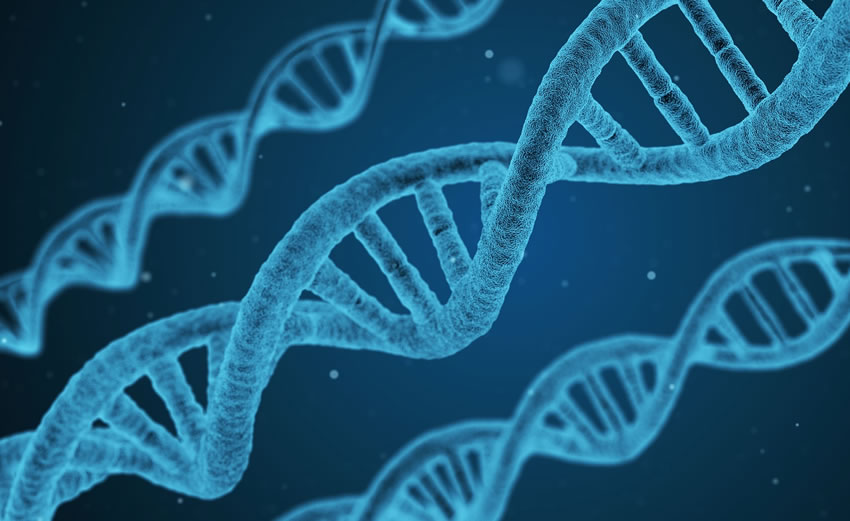Gender identity disorder, or
gender dysphoria, is a
condition in which a male or
female feels a strong
identification with the
opposite sex. The
individual may identify to
the point of believing that
they are, in fact, a member
of the other sex who is
trapped in the wrong body.
A person with this disorder often experiences great discomfort regarding his or her actual anatomic gender. People with gender identity disorder may act and present themselves as members of the opposite sex and may express a desire to alter their bodies. The disorder affects an individual's self-image, and can impact the person's mannerisms, behavior, and dress. Individuals who are committed to altering their physical appearance through cosmetics, hormones and, in some cases, surgery are known as transsexuals.
Gender identity disorder is a condition in which a person has been assigned one gender (usually at birth), but identifies as belonging to another gender, or does not conform with the gender role their respective society prescribes to them.
Center of Excellence for Transgender Health
Transgender Expert Offers Tips to Parents
Here's What Parents of Transgender Kids Need to Know
Advice for Parents Whose Child Just Came Out to Them as Transgender
![]()
![]()
People with gender identity disorder frequently report their feelings as "having always been there", and the disorder can be evident in early childhood. Most people know whether they have a gender identity problem by the time they reach adolescence, although in some cases it seems to appear in adulthood
Adults with gender identity disorder sometimes live their lives as members of the opposite sex. They tend to be uncomfortable living in the world as a member of their own biologic or genetic sex. They often cross-dress and prefer to be seen in public as a member of the other sex. Some people with the disorder request sex-change surgery.
Web MD:
Gender Identity Disorder
Med
Line: Gender Identity Disorder
Psych Central:
Gender Identity Disorder
At
Health: Gender Identity Disorder
DSM-V: Sexual and Gender Identity Disorders
American
Psychological Association: Transgender Resources
PFLAG: Our Trans Children
Endocrine Treatment of Transsexual Persons

There are two components of Gender Identity Disorder, both of which must be present to make the diagnosis. There must be evidence of a strong and persistent gross-gender identification, which is the desire to be, or the insistence that one is, of the other sex. This cross-gender identification must not merely be a desire for any perceived cultural advantages of being the other sex. There must also be evidence of persistent discomfort about one’s assigned sex or a sense of inappropriateness in the gender role of that sex.
Gender identity disorder can affect children, adolescents, and adults. Individuals with gender identity disorder have strong cross-gender identification. They believe that they are, or should be, the opposite sex. They are uncomfortable with their sexual role and organs and may express a desire to alter their bodies. While not all persons with gender identity disorder are labeled as transsexuals, there are those who are determined to undergo sex change procedures or have done so, and, therefore, are classified as transsexual.



